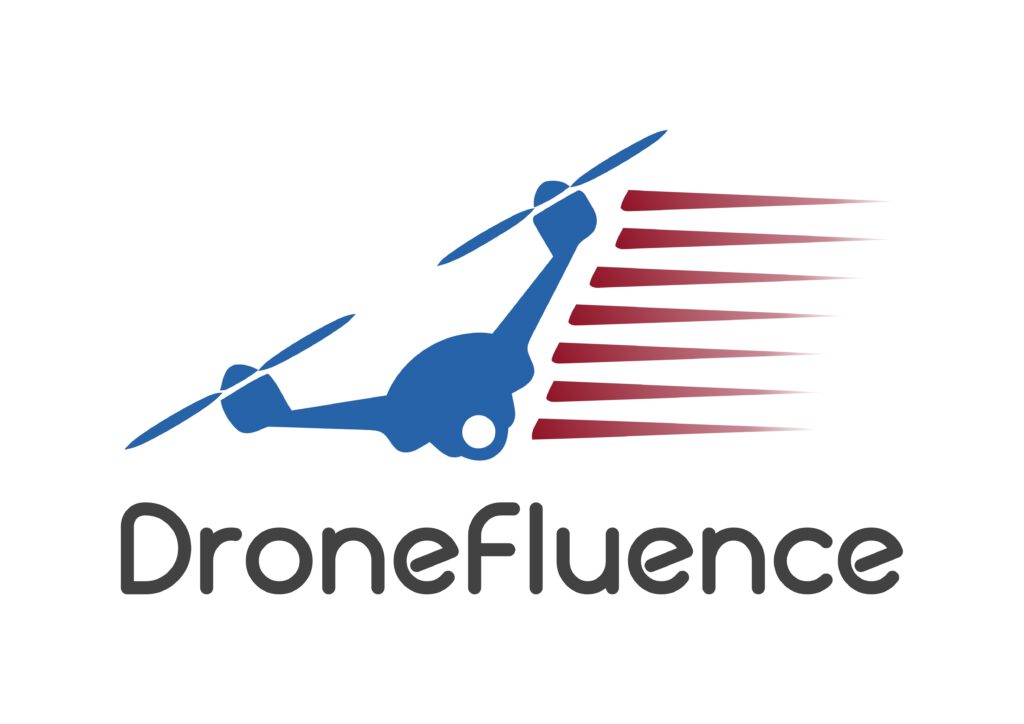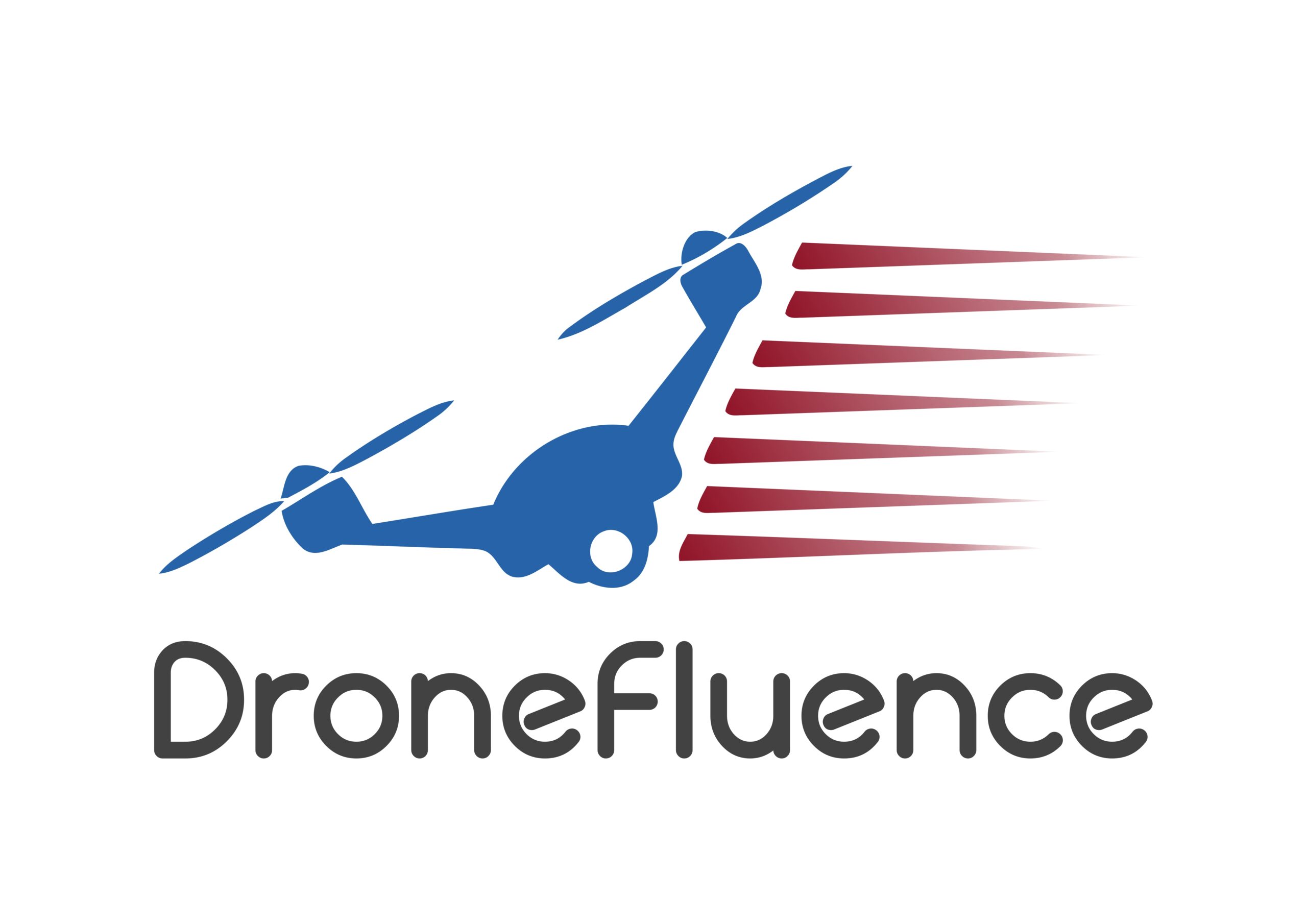“We have a batch of agricultural students starting training shortly. We pay for their transportation, boarding, and lodging for the entire duration of the course. Because this is the help, they need due to a lack of resources. The idea is to handle this small aspect of their care while giving them the chance to develop the skills necessary to work in the drone industry”, said Mr. Arjun Naik, CEO, Scandron.
To learn more about Drones-as-a-Service (DaaS) in various sectors, skill development and training, challenges in the drone industry, industry and academia connect for specialised courses, and more, we have conversed with Mr. Arjun Naik, CEO, Scandron
Below are a few excerpts from our conversation. You can watch the full video interview on our YouTube channel.
Drones-as-a-Service (DaaS) in various sectors
Mr. Arjun Naik said, “We have targeted various sectors very methodically. As a result, we have been working closely with the oil and gas sector to provide drone-based inspections as a service. We have several specialised drones that perform internal inspections in confined spaces. We also worked with the navy to perform inspections on submarines, ships, aircraft, and oil rigs in the context of the oil sector.
The agriculture industry is another key area where we are focusing on providing services. Here, we help farmers with applying crop sprays and provide forecasts regarding the crops’ health, potential yield, and other aspects.”
Scandron drones used in three categories:
- Drones in the Logistics Sector: The defence market and commercial industrial sector are targeted for logistics drones. Logistics drones cater from carrying up to 500 gms to 200 kgs depending on the range of 2km to 150 km.
- Drones in the Agriculture Sector: For agricultural drones, Scandron has started an initiative where they train people for free to fly agricultural drones. Scandron also initiated the rural entrepreneurship program where farmers can buy drones at a subsidised cost by the government. Through this, Scandron provides free training to the farmers for earning their income. This initiative will help the rural youth with more skills and also gain the opportunity to earn a better living and bring them into the mainstream towards using new technology.
- Drones in Surveillance and GIS: For drones in surveillance and GIS, Scandron targets police forces and large companies for security structures. Scandron initiated a ‘Drone in a Box’ concept without the need for experienced pilots. The drones are fully automated systems where the charging, battery charging and flying of drones are made autonomously.
Skill development and training challenges in the drone sector
Mr. Arjun Naik said, “When it comes to established training schools, the major challenge is finding trainers. One can develop a school and get government approval, but where will they find the trainers? Since there are not many people with drone-flying experience. Many people operate smaller drones, but there are very few pilots of larger drones who have formal training, systematic experience and an understanding of best practices.
Once we find the trainers, we can establish training schools that have a lot of credibility. There are a few training schools that already do, but it will take some time to reach the required number of trainers. There will be a certain ramp-up when the people who are being trained gain experience and become trainers.”

While talking about generic drone training, Mr. Arjun Naik said, “We have had the opportunity to hire DGCA-certified pilots, but their skill sets are limited. They are well-versed in theory but lack suffiecient hands-on experience. Small-category drones have a particular amount of weight and other features that the pilots can understand the take-off, landing and basic handling of drones. Drones used for logistics will travel a minimum of 5 to 10 km, known as a Beyond Visual Line of Sight (BVLOS). In BVLOS, the pilot must be concerned with the feedback and telemetry received at the ground station and be able to control the drone from there. People need to learn how to read instruments and predict failure because if certain parameters change in a particular way, you could predict failure. It is necessary to provide type-specific training on how to respond to those failures and carry out safety precautions. We must first learn the basics of flying drones before learning how to control a specific kind of drone in different situations.”
Industry and academia connect in the drone industry
“In India, there has been little engagement; most of it has been focused on hiring academics or students. I believe that companies should begin funding programs in universities and colleges. To fly a drone, one needs to understand communication, navigation, electrical power, batteries, and have a wide range of knowledge”, stated Mr. Arjun Naik.
Talking about the need for specialised courses in the drone sector, Mr. Arjun Naik said, “A lot of the core courses can be completed at the college level. The idea is for people who want to work in this industry. Now that the field of aerospace engineering is so advanced, we need to start developing more programs specifically for drones. We need specific courses that show students how the different parts of drones operate.
If people need to acquire 100 percent knowledge, 60 percent of the knowledge can be acquired in college and then 40 percent practical training at flight training schools. This means the curriculum for complete flight training must be divided between academia and industry. Therefore, that is the kind of strategy that must be used.”
Job and entrepreneurship opportunities for youth in India
“We have a plan in place to implement job opportunities where we are essentially targeting youths who are at risk and have limited resources, as well as women and youth programs where candidates have to be 12th class pass. We are also tying up with several RPTOs, where we will sponsor the candidates’ training. And we will take on some of them so they can work with us for the period they want to.
Also read: Drones in the logistics industry https://dronefluence.com/drones-in-the-logistics-industry/
We will collaborate with a few educational institutions for training programs. We are also in discussions with a few colleges where we hope to implement these programs. Therefore, it will be partially funded by us, partially by the government, and partially by schools”, said Mr. Arjun Naik.

